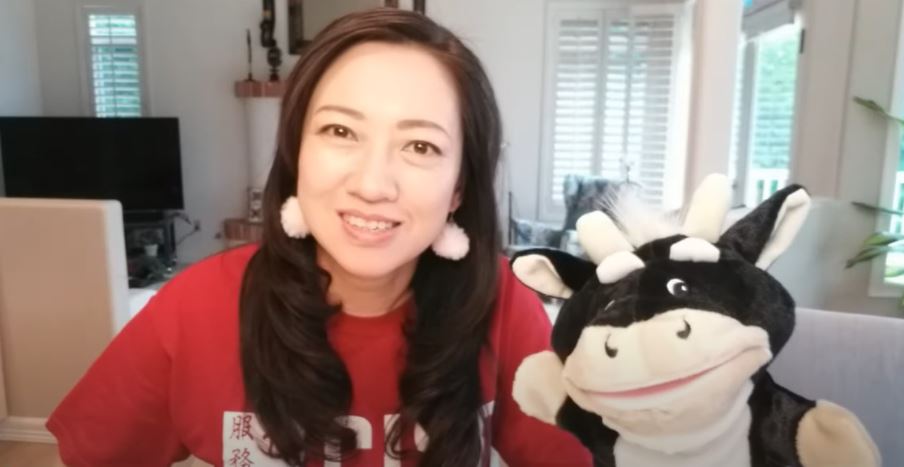By Assunta Ng
NORTHWEST ASIAN WEEKLY
A University of Washington (UW) study showed how nonprofits suffered during the pandemic.
Holding fundraising events became impossible, and individual donations have declined. However, some organizations have bucked the trend. They have not only survived, they have innovated and embarked on a more ambitious journey.
It has been amazing how flexible these organizations have been—turning their organizations around to meet challenges and increasing their funding and services to meet their needs.
Raising big money

Homestead Community Land Trust project, Willowcrest building A (Photo provided by Homestead)
Located in Chinatown-International District (CID), Homestead Community Land Trust builds homes, townhouses, and condominiums at affordable cost for low-income families.
In contrast to previous fundraising dinners with a goal of no more than $100,000 and under 200 guests, Homestand started its biggest fundraising campaign with a goal of $1.2 million in May 2019.
Recently, it has raised over $1 million despite the pandemic.

Homestead Community Land Trust project, Willowcrest kitchen (Photo provided by Homestead)
How did Homestead do it? Instead of calling it a capital campaign, Homestead calls it a Capacity Campaign. The money raised will include staff expansion, too. Its fundraising focused on individual donations, sponsorships, and corporations. Now, it reaches potential donors mostly through phone calls and virtual conversations and meetings.
Donors support Homestead for many reasons. One, it has a track record of building 222 homes, and is now in the process of building 100 more homes in King County. Homestead’s biggest selling point is its product. The donors like what they see.
Executive Director Kathleen Hosfeld said, “The homes are environmentally-friendly. They are way beyond what’s expected today in terms of environment and sustainability.”
Increased funding and virtual event
Many nonprofit organizations have gained enormous funding from federal, state, county, and city sources in the last 18 months, for their work in fighting COVID and keeping our community safe.
“With the increased funding, International Community Health Services (ICHS) has been able to actively test and vaccinate our communities, which have been disproportionately affected by COVID-19,” said CEO Teresita Batayola. “We have also been able to actively address vaccine hesitancy through social media and an upcoming Youth Summit. Without the funding, ICHS could not have done the COVID-19 work.”
Take the UW for instance—it has received millions of dollars in research grants in battling the virus.
The new funding sources have also changed how organizations raise money. Some have decided not to do live fundraising events as they are time-consuming and ineffective, while some have raised a lot more money through the new virtual format.
According to philanthropist Jerry Lee, a virtual golf tournament raised over $100,000 for breast cancer research for two consecutive years.
The elimination of food and venue costs means more revenue. It also minimizes manpower and the unnecessary headaches and logistics associated with an in-person event.
The increased funding has been reflected in the number of new job openings at these organizations.
Zoom innovations

CISC Zoom sessions in Cantonese, Mandarin, and Vietnamese with other partnerships. (Photo provided by Michael Itti)
With Zoom, several organizations have conducted online classes and workshops.
The Chinese Information and Service Center (CISC) has conducted more than 200 virtual classes to promote the health and social well-being of seniors, said Executive Director Michael Itti. It “has purchased and distributed nearly 100 iPads to low-income seniors to connect them to activities such as fitness, art, healthy living, technology, and English classes.”
Another agency, OneWorld Now, launched online language classes (offering Korean, Mandarin Chinese, Arabic, and Russian) and leadership workshops for high school students. These classes have allowed them to reach not only students locally but all across the country, including in rural areas where teenagers do not have access to these kinds of programs, said Executive Director Jordan Goldwarg.
Implement new ideas

Online Chinese class (Photo provided by Jordan Goldwarg)
In January 2020, ICHS had zero telehealth capabilities. But in two months, it was fully functional through the support of local foundations and other donors to get tablets in the hands of seniors so they could communicate with providers to combat isolation and manage their chronic health conditions, said Batayola.
ICHS also used its mobile dental clinic to conduct pop-up flu clinics (before the COVID vaccine became available), pop-up testing, and pop-up vaccination clinics.
Form new partnerships
ICHS has activated a tight network with CID nonprofits and volunteers to tackle suspected cases of COVID (starting with International House very early on), coordinating the delivery of food and essential supplies to seniors and families, and organizing community-based testing and vaccination sites, including pop-ups in partnership with nonprofits, businesses, temples and churches, and more.
That’s why CID COVID cases were low compared to other communities.
CISC created an Anti-Hate and Anti-Bias team to respond to the rise in anti-Asian hate. It also joined the Coalition Against Hate & Bias, which includes six other community-based members, and is supported by the King County Office of Equity and Social Justice. As a member of the Coalition, community members can report incidents of hate and bias to CISC and receive information, referral, and support. The data collected is used to raise awareness with public officials and develop strategies to address areas of concern.
Assunta can be reached at assunta@nwasianweekly.com.



